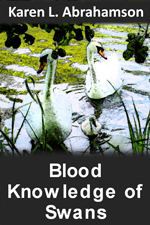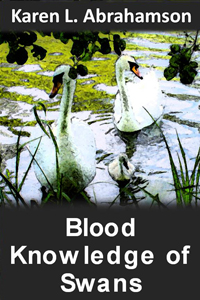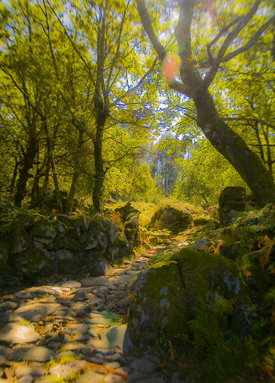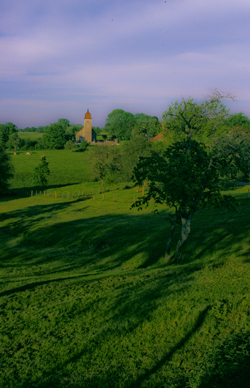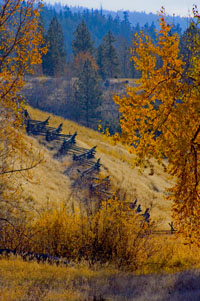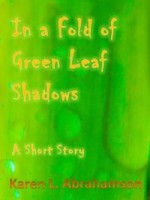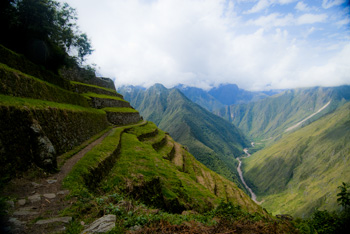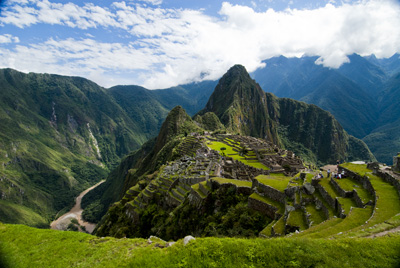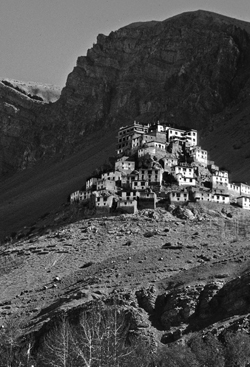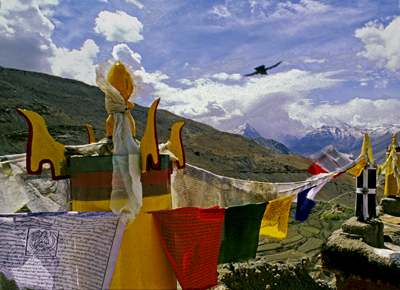Westward Ho!
I’m sitting here watching the snow fall on the western edge of North America and contemplating how with the spread of people over all of the continents leaves no mysterious ‘promised land’ to cling to. As I’ve written in previous posts, in earlier centuries people sought Prestor John or mysterious islands. They sought an easy route to India and the Northwest Passage. All of these were, over time, debunked, but in our restless human need to seek, we replaced those distant vistas with something else. At least in the past we did.
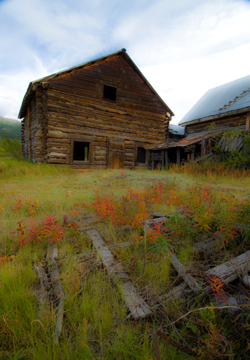
The exploration of North America helped with that. As the surveyors moved west they opened up awareness of a great mysterious place called the American West. The acquisition of the Louisiana Purchase brought Lewis and Clark’s expedition and knowledge that the western mountains were more than one range and a new awareness of how broad the continent was. While they set to rest the final hopes that the Columbia and Missouri Rivers might connect and form a Passage to India, tales of what they had seen brought a new hope that, if not a promised land, there might at least be a Garden of the World in the rich lands westward.
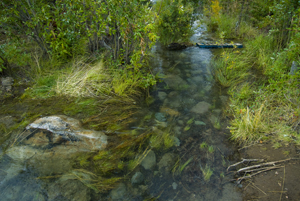
Lewis and Clark were followed by the Topographical Engineers – a small elite branch of the army, whose most famous member was John Charles Fremont. Fremont took with him a red-faced German topographer named Charles Preuss. With Kit Carson, these three set out to map the trail west, determine where to establish outposts, and scout passes over the mountains. While the results of their first venture were of only limited value for its maps, Fremont’s dramatic escapades of planting a US flag on a high peak to demonstrate the national resolve of ‘America strong and triumphant from sea to sea’, and his colorful journal, apparently launched many settlers westward. Subsequent Fremont/Preuss ventures resulted in some of the best maps of the day, extending knowledge down into California and erasing as much fanciful cartographic information, as it established. Preuss’s expertise in creating maps led not only to cartographic information, but also to the first ‘road map’ to the west.
Other explorers like John Wesley Powell, extended our knowledge of areas around the Grand Canyon as they travelled down the Green River and into the cataracts of the Colorado River within the Canyon. His further expeditions surveyed much of southern Utah from the Colorado to the Nevada line. Powell’s work also resulted in warnings about the old methods of agricultural farming. The warnings weren’t heeded and it took the dust bowl dirty thirties to prove him right. But Powell gave America an even greater legacy. He lobbied for, and finally achieved, the creation of the United States Geological Survey, which continues to this day to provide detailed maps of the country.
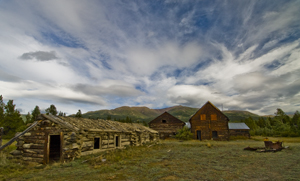
The only problem with this is that detailed maps removed the mystery and it seems to me it impacted the human psyche. From America, explorers joined the Europeans in the further exploration of our planet. We delve into the depths of the ocean, the frigid wastes of the Arctic, and into the humid breadth of the Amazon Rain Forest. But even those areas are being explored and the race for space seems to have died. It makes me wonder if part of the anger and anxiety we see in our culture isn’t partially due to the fact we have no new vista to call us and no new ‘promised land’ to bring out our best.
